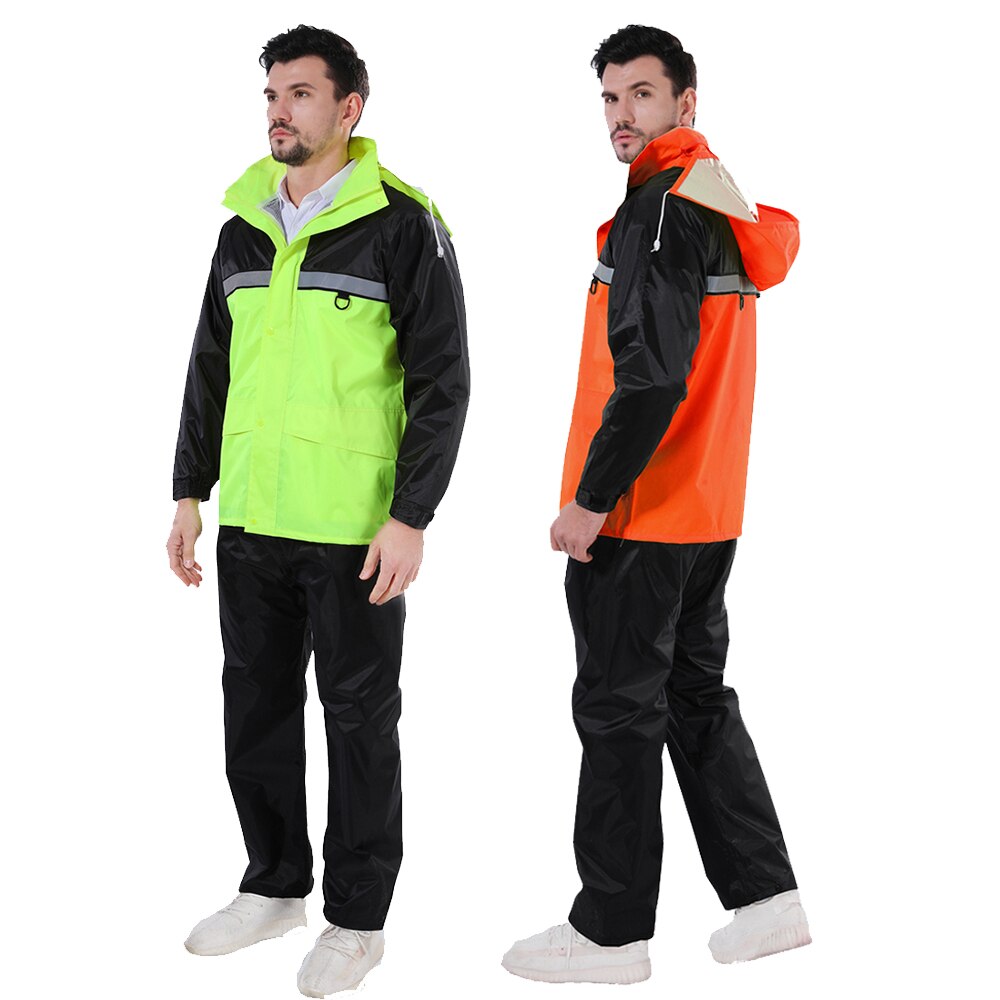
Reflective clothing, a remarkable innovation in the realm of safety apparel, has a fascinating history that revolves around enhancing visibility in low-light conditions. From its modest beginnings in industrial settings to its widespread application in various industries, the evolution of it is a testament to human ingenuity and a commitment to safety. In this article, we explore the origins, development, and enduring significance of it, as well as its significant impact on safety across diverse fields.
1. Early Origins:
The concept of it emerged in the early 20th century when reflective materials were first integrated into workwear. Initially used in industrial settings, these garments aimed to protect workers from potential hazards during night shifts or low-visibility conditions.
2. Emergence of Retroreflective Materials:
In the 1930s, the advent of retroreflective materials, such as glass beads and prisms, revolutionized the effectiveness of reflective clothing. These materials enabled light to be redirected back to its source, significantly increasing visibility.
3. Military and Emergency Services:
During World War II, it found applications in military and emergency services. Reflective strips on uniforms and gear enhanced the safety of personnel in challenging and perilous situations.
4. Road Safety:
Reflective clothing’s impact on road safety gained momentum in the 1960s. High-visibility vests and jackets were introduced for construction workers and traffic police, reducing accidents and improving worker safety.
5. Sporting and Recreational Activities:
These became popular among athletes and outdoor enthusiasts as a safety measure during nighttime running, cycling, and other recreational activities, reducing the risk of accidents and enhancing visibility.
6. Fashion Meets Function:
With advancements in technology and design, reflective clothing transcended its utilitarian origins and entered the realm of fashion. Reflective accents on jackets, shoes, and accessories became trendy and stylish.
7. Innovations in Material Science:
The 21st century witnessed remarkable advancements in reflective material science, resulting in garments that are more lightweight, durable, and comfortable for everyday use.
8. Industry Regulations:
The incorporation of it became mandatory in many industries as safety regulations evolved to prioritize worker protection. This move significantly reduced accidents and injuries.
9. Cycling Safety:
Reflective clothing plays a critical role in promoting cycling safety, with reflective elements on helmets, vests, and apparel making cyclists more visible to motorists, especially in urban environments.
10. Enhanced Roadway Safety:
This was combined with road signage and vehicle retroreflectors, contributes to enhanced roadway safety by reducing the occurrence of accidents and increasing the visibility of pedestrians and cyclists.
Conclusion:
These has come a long way from its humble origins in industrial settings to becoming an indispensable safety measure across industries and recreational activities. The evolution of reflective materials, coupled with fashion-forward designs, has ensured that safety and style go hand in hand. As we celebrate the impressive journey of reflective clothing, let us continue to prioritize safety and appreciate the invaluable contribution of this innovative apparel in safeguarding lives and reducing accidents in various spheres of life.


